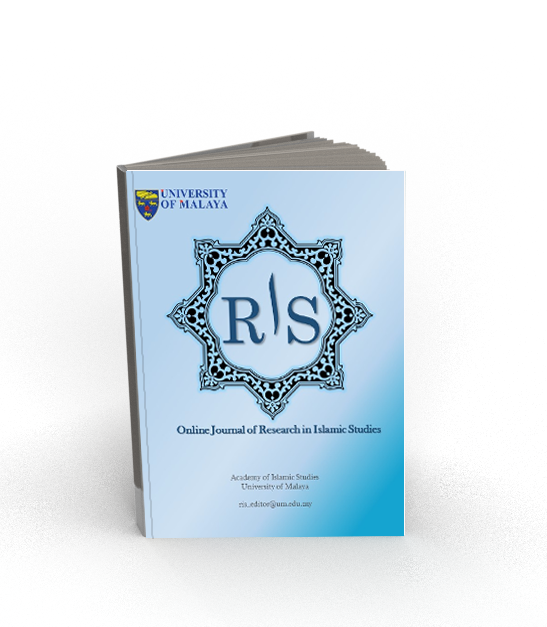Main Article Content
Abstract
This paper seeks to analyze both the Islamic texts dealing with jihad and the relationship between them and its practice. The desire to promote peace and harmony is based on general Islamic religious purposes, or Maqasid al-shari'a, from the two interpretations of the extremists and mainstream scholars. Bearing in mind that these texts are believed to be divinely-inspired, the interpretations are, however, human. The said texts have been the subject of two broad interpretational approaches: the orthodox interpretation that is widely accepted by the mainstream and supported by Islamic principles in general, and the interpretations of certain minorities that are rejected by the mainstream. This paper seeks to examine the qualitative research methodology and theological analysis used by contemporary extremists group of what seems to be textual evidence of "violent jihad" in Islam. The significance of this study is to investigate the appropriate use of interpretation that could be acceptable to mainstream scholars and reflects the real nature of Islamic principles. Subsequently, it concludes that the violence that is manifested in extremist activities is the result of the misinterpretation of some Islamic texts regarding jihad, and that, in contrast, the best modern interpretation of jihad is jihad al-nafs, which, alongside many other meanings that promote peace, has been declared the correct path by mainstream scholars in their response to the extremists.
Keywords
Article Details
Copyright Notice
By submitting manuscripts to the Online Journal of Research in Islamic Studies (RIS), authors agree to transfer copyright to the journal. However, authors may republish their work or grant others permission to republish it; in which case it should be accompanied by a proper acknowledgment that the work was originally published in the Online Journal of Research in Islamic Studies (RIS). The journal adopt CC-BY-NC licence which authors may also share and distribute their article anywhere of non-commercial website, social media and repositories immediately on publication.
Authors may also reuse the Abstract and Citation information (e.g. Title, Author name, Publication dates) of their article anywhere at any time including social media such as Facebook, blogs and Twitter, providing that where possible a link is included back to the article on the journal site.
